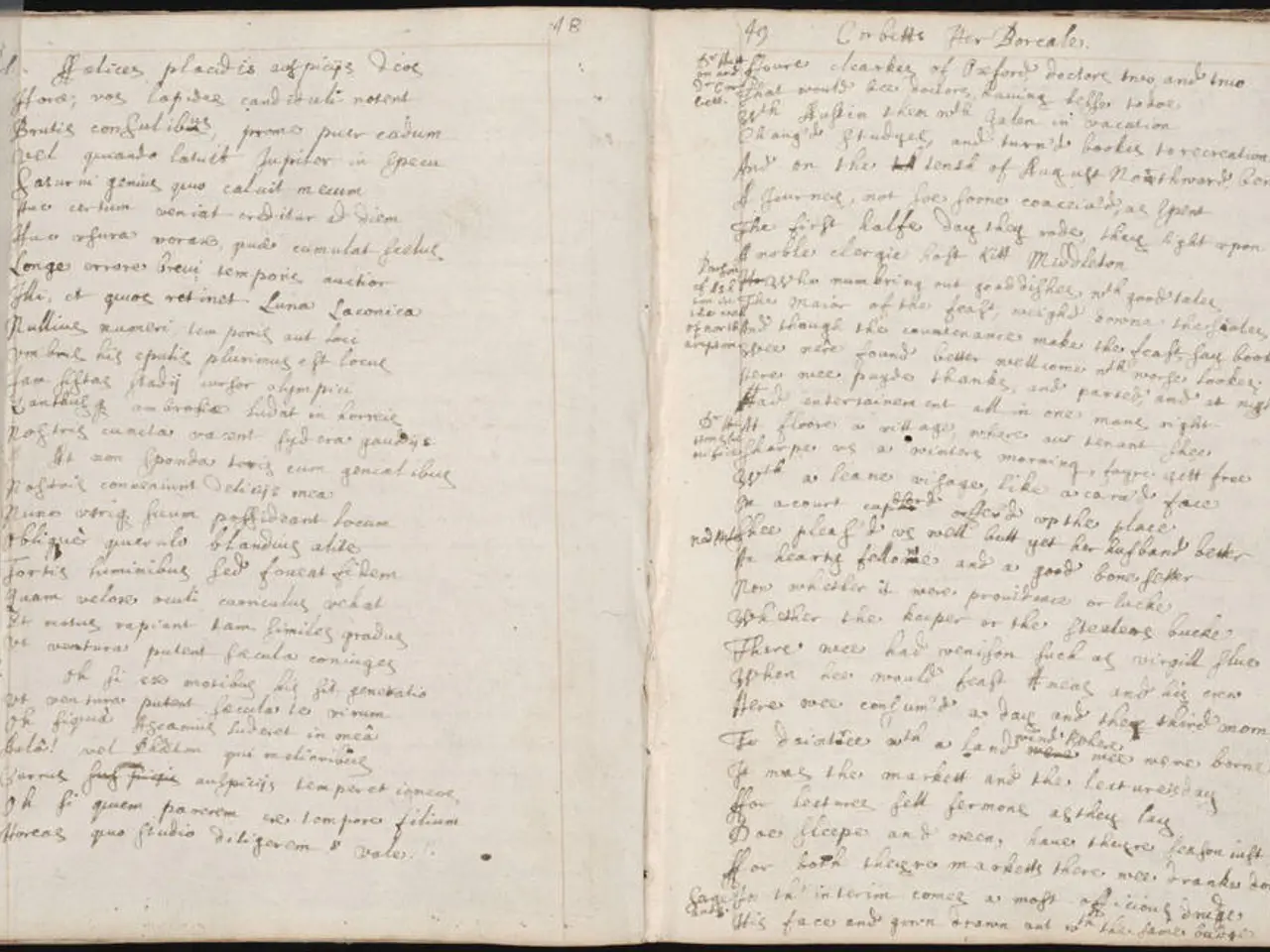An Examination of Conversational Patterns and Structures
Discourse analysis is a valuable tool for social scientists, communication experts, and media analysts alike, offering insights into how language constructs and reflects social norms, identities, power relations, and cultural meanings across various contexts.
This qualitative, interpretative method, which originates from the study of written and spoken language in relation to its social context, provides a lens through which researchers can view the many functions of language. It helps them understand the intended meaning behind the words and phrases within a specific context, rather than just their definition, frequency, or surface-level themes.
One of the key applications of discourse analysis is in media studies, where it is used to analyze how media language shapes public opinion. By examining word choice, framing, and narratives, researchers can reveal how events are portrayed and influence beliefs. In organizational communication, discourse analysis helps uncover how language constructs organizational identities, negotiates power, and manages culture.
Critical Discourse Analysis (CDA), a specific approach within discourse analysis, adds a focus on historical and social contexts. It helps analyze how power, ideology, and social inequalities are embedded and reproduced in texts and conversations. CDA is inspired by philosopher Michel Foucault, who argued that language reflects how power is used in society.
Discourse analysis also investigates how language is employed in social and professional interactions to accomplish actions, establish relationships, and manage identities. Conversational Analysis, a subfield, focuses on uncovering the rules and structures governing human interactions, aiding businesses and organizations in improving communication effectiveness, customer relations, and internal interactions.
The format of the material being analyzed, whether it's an article, blog post, video, speech, or social media post, is also crucial. The context of the text, including the historical and cultural factors surrounding its creation, plays a significant role in shaping its meaning. The identity of the text producer(s), their background, profession, and area of expertise, is also important in understanding the material's production and presentation.
The relationship between the text producer(s) and other participants in the discourse is another key aspect of discourse analysis. Researchers also examine the hidden meanings and assumptions embedded within the text, as revealed through the analysis of discursive statements. The context of a conversation shapes the meaning of the language used, even if the words themselves are the same.
The type of media used in the analyzed text, such as a book, newspaper, website, social media post, interview, political speech, advertisement, or government document, is also taken into account. Language-in-use approaches to discourse analysis concentrate on the linguistic features of language, including grammar, syntax, phonology, and structure.
Finally, socio-political approaches to discourse analysis are more philosophical and mainly concerned with how language constructs and sustains power dynamics in society. They help researchers understand how language can be used to persuade, inform, or entertain, and how these uses can reinforce or challenge existing power structures.
In sum, discourse analysis is a powerful tool for understanding the complex ways in which language shapes our perceptions of power, social justice, inequality, and oppression. By examining the structure, format, and production of texts, as well as the hidden meanings and assumptions within them, discourse analysis provides valuable insights into the ways in which language constructs and reflects our social realities.
[1] Wodak, R. and Meyer, M. (2016). Methods of Critical Discourse Analysis. SAGE Publications. [2] Fairclough, N. (2010). Critical Discourse Analysis: The Critical Study of Language. Wiley-Blackwell. [3] van Dijk, T. A. (1993). Discourse as Structure, Discourse as Process: Explorations in the Discourse-Functional Approach to Language Use. Academic Press. [4] ten Have, P. (2017). Conversation Analysis. SAGE Publications. [5] Fairclough, N. (2003). Critical Discourse Analysis: The Critical Study of Language. Wiley-Blackwell.
- Discourse analysis delves into the functions of language in constructing and reflecting social norms, identities, power relations, and cultural meanings across various contexts.
- By examining word choice, framing, and narratives, researchers can uncover how media language shapes public opinion and reveals how events are portrayed and influence beliefs.
- In organizational communication, discourse analysis helps understand how language constructs organizational identities, negotiates power, and manages culture.
- Critical Discourse Analysis (CDA) focuses on historical and social contexts, helping analyze how power, ideology, and social inequalities are embedded and reproduced in texts and conversations.
- Conversational Analysis, a subfield of discourse analysis, aims to uncover the rules and structures governing human interactions, benefiting businesses and organizations in improving communication effectiveness, customer relations, and internal interactions.
- The identity of the text producer(s), their background, profession, and area of expertise, is significant in understanding the material's production and presentation.
- The relationship between the text producer(s) and other participants in the discourse is another crucial aspect of discourse analysis, with researchers examining hidden meanings and assumptions within the text.
- Socio-political approaches to discourse analysis focus on how language constructs and sustains power dynamics in society, aiding researchers in understanding how language can be used to persuade, inform, or entertain, and how these uses can reinforce or challenge existing power structures.
[1] [References for further reading on discourse analysis methodologies and applications][2] [References for Critical Discourse Analysis (CDA)][3] [References for Discourse as Structure, Discourse as Process][4] [References for Conversation Analysis][5] [References for Critical Discourse Analysis: The Critical Study of Language]




